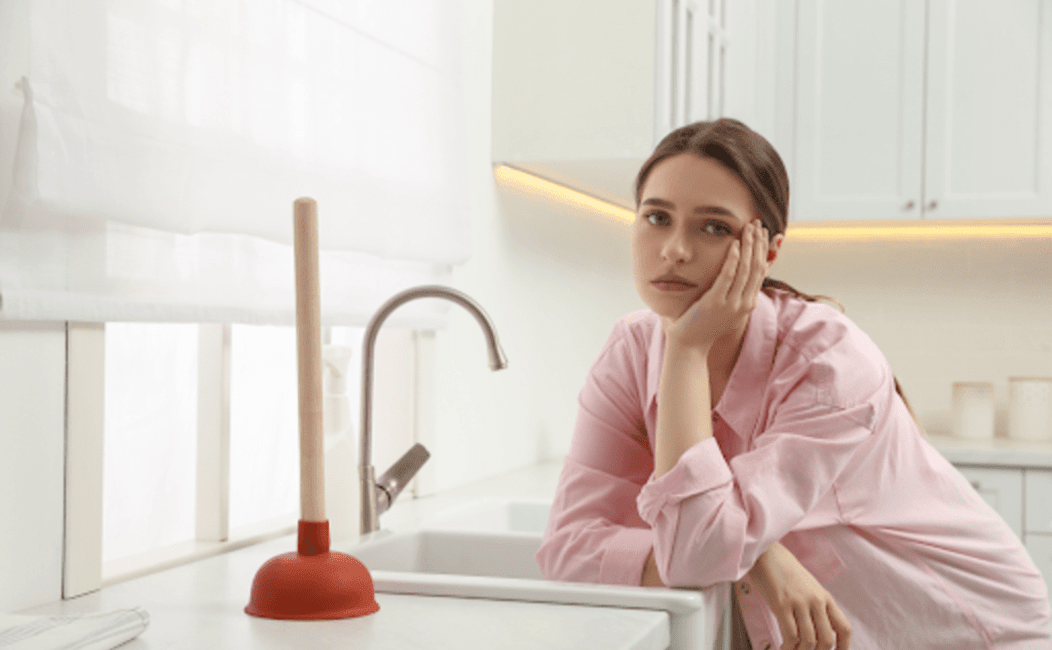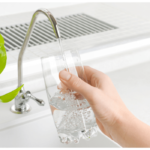If you’re a homeowner, chances are you’ve dealt with your fair share of plumbing issues. From leaky faucets to clogged drains, plumbing problems can be frustrating and time-consuming. And when it comes to the kitchen, the heart of any home, a malfunctioning plumbing system can quickly throw a wrench in your plans.
But don’t panic! You can troubleshoot common plumbing problems and avoid a costly kitchen plumbing repair in Charlotte with a little knowledge and some basic tools. This guide will walk you through some of the most common issues homeowners face in the kitchen and provide helpful tips on fixing them.
Clogged Drains
One of the most common kitchen plumbing problems is a clogged drain. Whether from food scraps, grease buildup, or other debris, a clogged drain can cause water to back up and make it difficult to use your sink.
To unclog a drain, use a plunger to dislodge any blockages. If that doesn’t work, you can use a drain snake to remove the clog. Another natural remedy is pouring a mixture of baking soda and vinegar down the drain, followed by hot water.
Leaky Faucets
A leaky faucet wastes water and can cause an annoying dripping sound that can keep you up at night. In most cases, a leaky faucet is caused by a worn-out washer or O-ring. Fortunately, replacing these parts is a quick and easy fix.
To replace the washer, turn the water supply off to the faucet and disassemble the handle. Remove the old washer and replace it with a new one. If your faucet has an O-ring, remove the old one and install a new one.
Low Water Pressure
If your water pressure in the kitchen seems weaker than usual, there are a few possible causes. First, ensure the shut-off valves under the sink are fully open. If they are, you may have a clog in your faucet aerator. Unscrew the aerator and clean out any debris.
Another common cause of low water pressure is mineral buildup in your pipes. If so, you may need to call a plumber for professional assistance.
Garbage Disposal Issues
A garbage disposal is a handy tool in any kitchen, but it can also be the source of plumbing problems. Often, these issues are caused by putting the wrong items down the disposal or overloading them with too much food at once.
First, to fix a jammed garbage disposal, turn off the power. Then, use pliers or an Allen wrench to turn the blades and dislodge any obstructions manually. To avoid future issues, be mindful of what you put down your disposal and always run water while it’s in use.
By having a basic understanding of how your kitchen plumbing works and knowing a few simple troubleshooting techniques, you can confidently tackle common issues. However, if the problem is more complex or you feel uncomfortable attempting DIY repairs, it’s always best to call a professional plumber.



